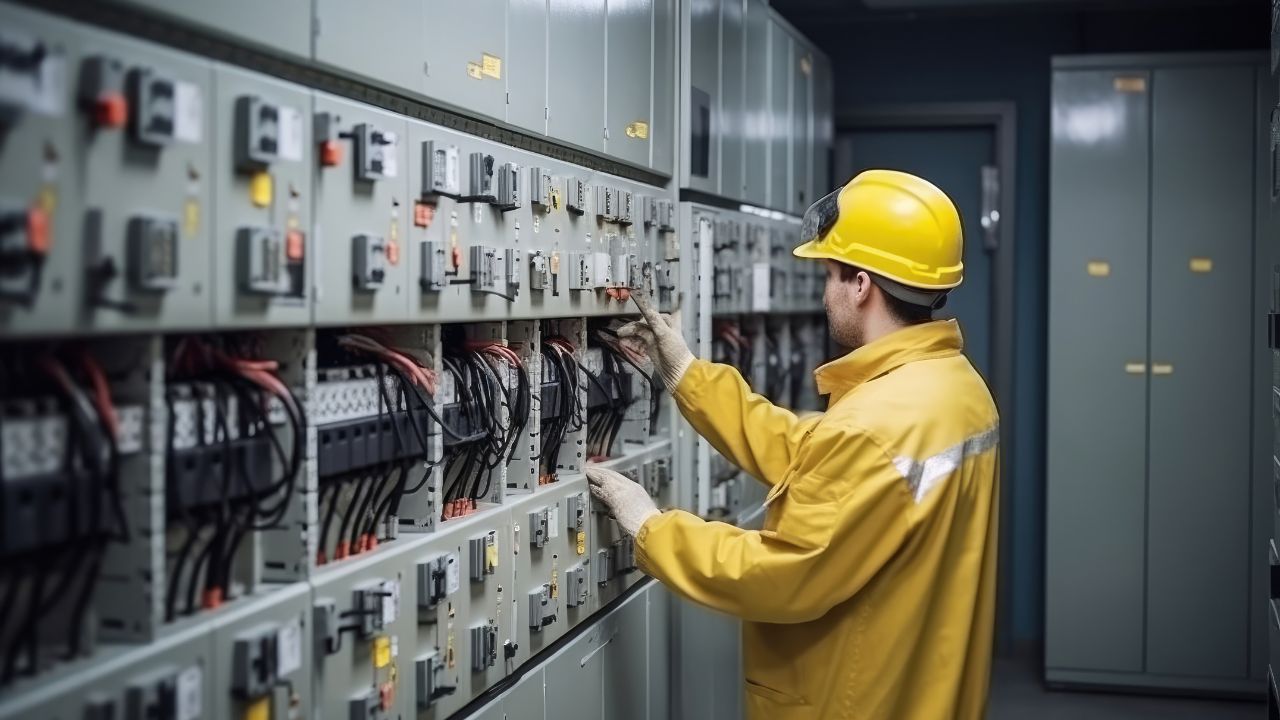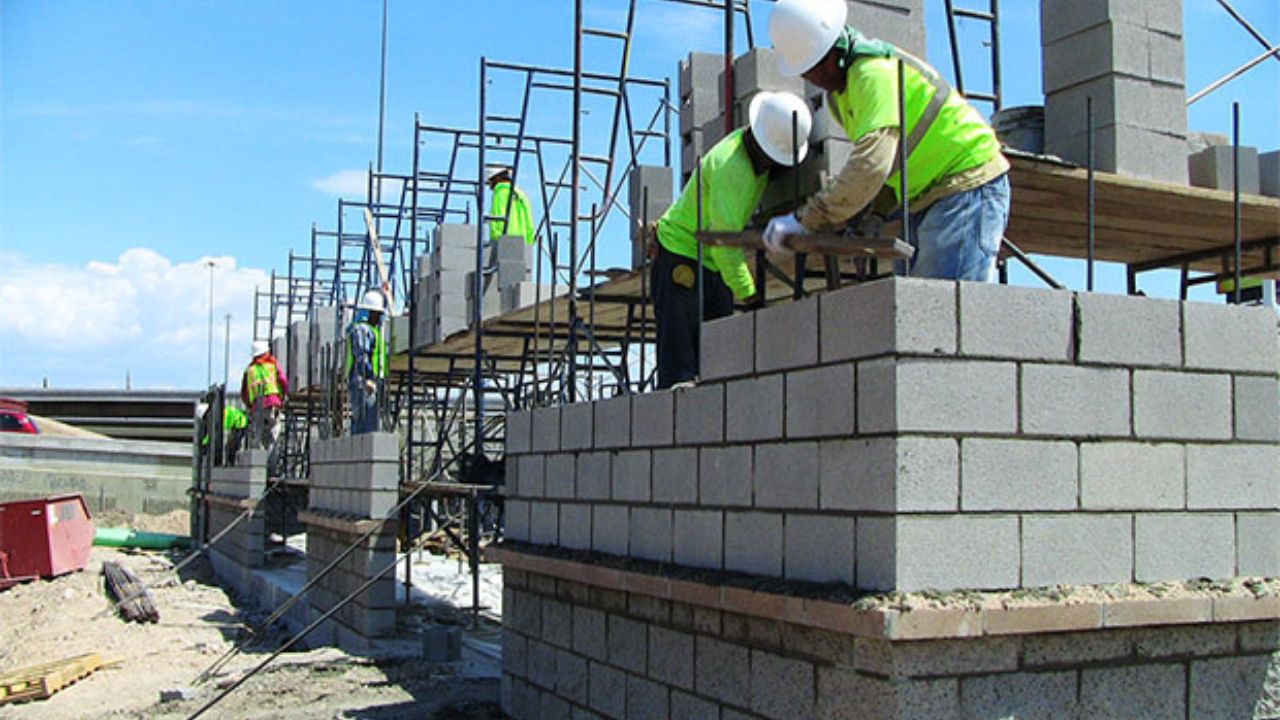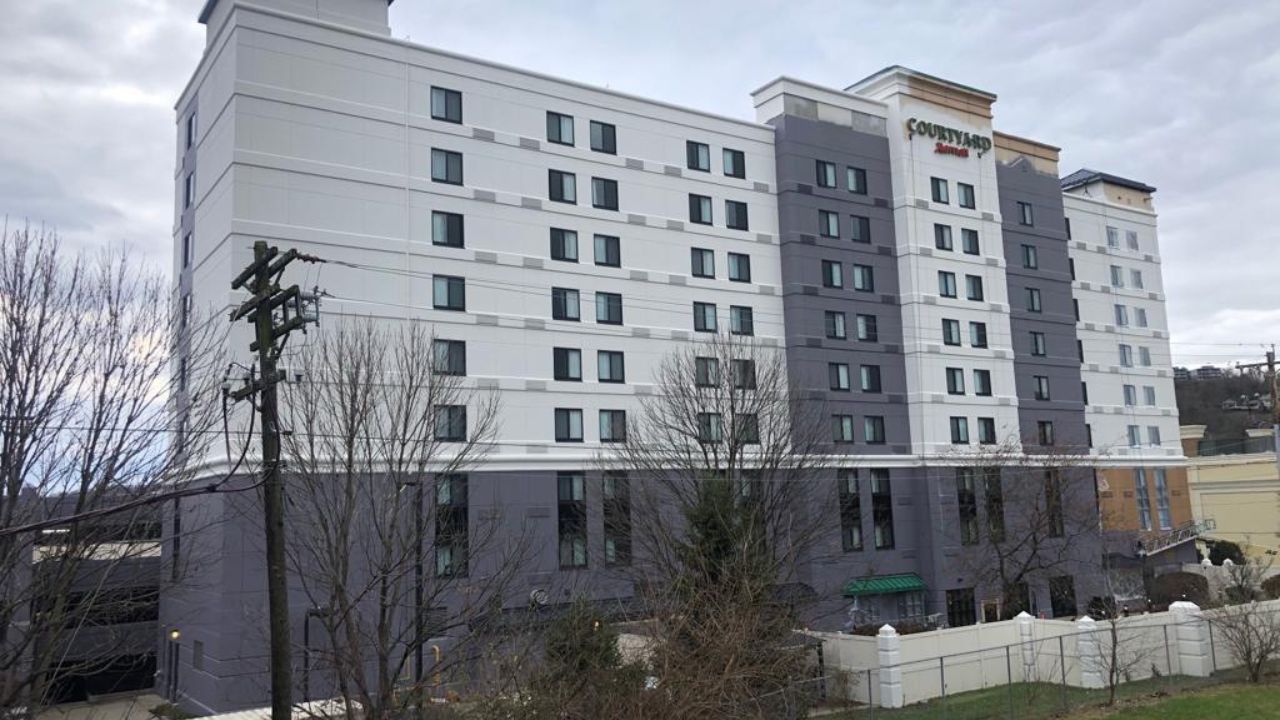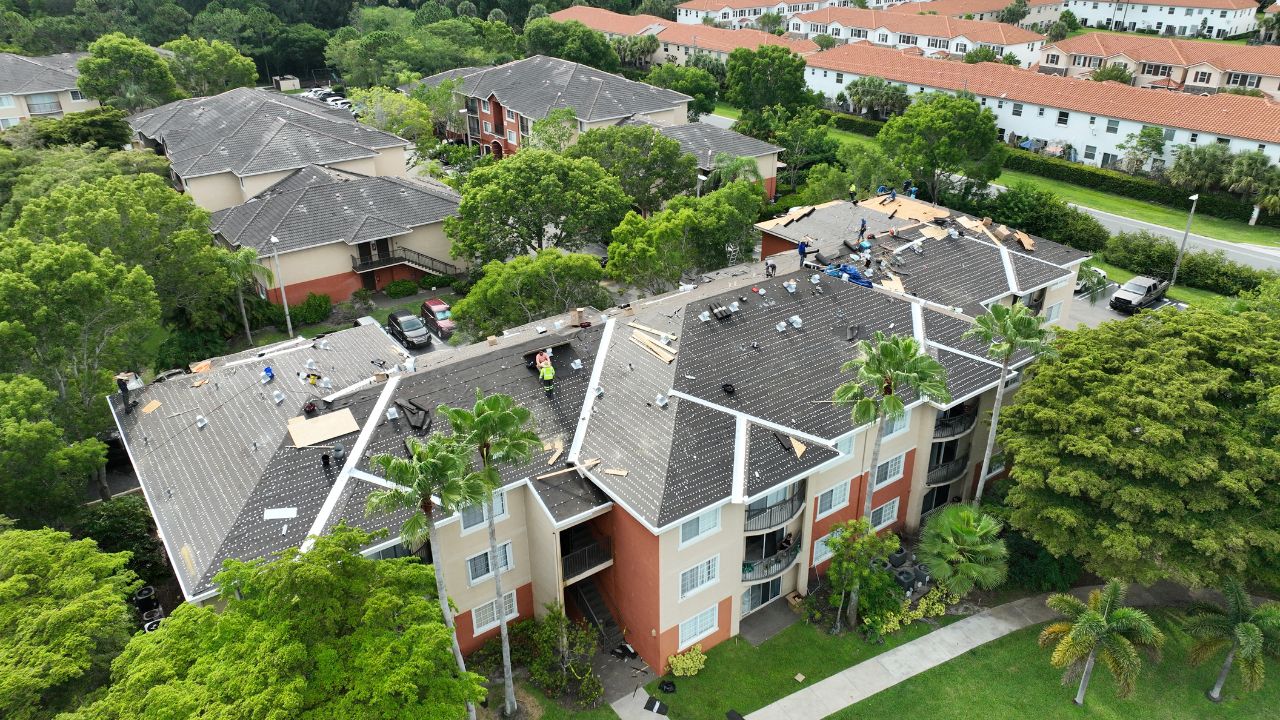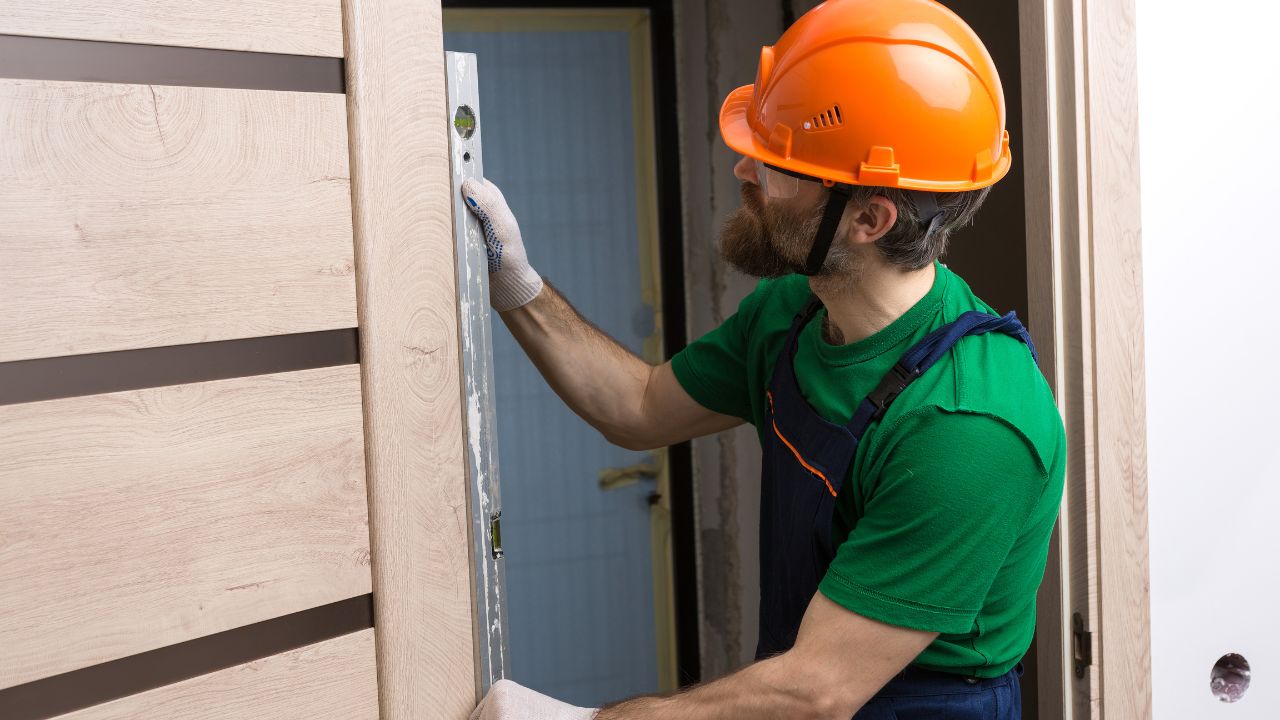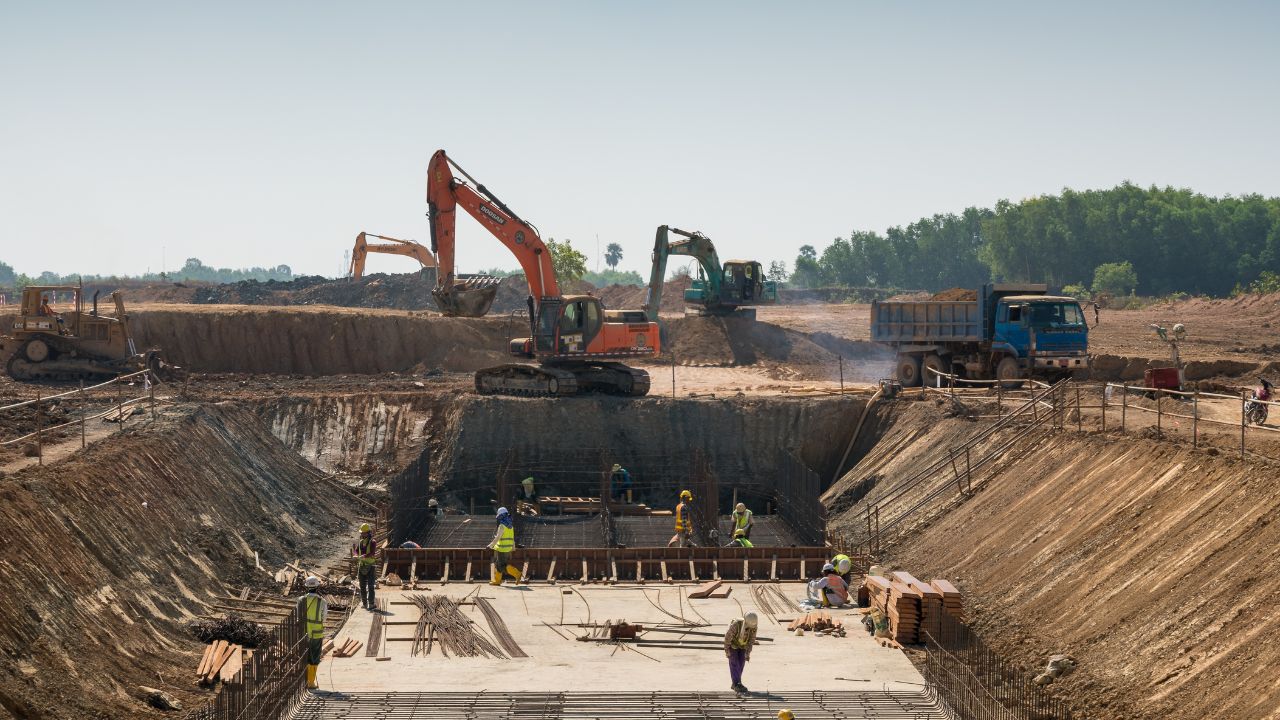- Homepage
- How Many Units in Average Apartment Complex?
How Many Units in Average Apartment Complex?
Leading provider of apartment complex services.
In the world of real estate, apartment complexes are a popular investment choice for many. Investors are drawn to the steady income that these properties can generate. But before diving into the world of apartment complex investments, one of the most critical questions is: How many units are there in an average apartment complex? In this article, we will explore the various factors that determine the size of apartment complexes, what you should consider as an investor, and the associated costs.

What Is Considered an Apartment Complex?
Before diving into unit numbers, it’s essential to define what qualifies as an apartment complex. Typically, an apartment complex consists of multiple rental units housed within one or more buildings, often sharing amenities like parking, common areas, and recreational facilities. These properties fall under the umbrella of multifamily housing and vary in density, design, and layout.
Understanding Apartment Complex Sizes
Apartment buildings and multifamily developments come in various shapes and sizes. The number of units in a complex depends on several factors such as location, building type, and the developer’s goals.
How Location Influences Apartment Complex Size?
The geographic location of an apartment complex significantly influences its size:
- Urban apartment buildings often have limited land availability, resulting in smaller multifamily properties with higher density and fewer units.
- In contrast, suburban apartment complexes or rural multifamily housing developments can occupy larger plots, allowing for more spacious layouts and a greater number of rental units.
90% More Chances to Apartment Complex Bids with Our Estimate
The Purpose Behind Apartment Complex Design
The target demographic for a residential building affects its layout and unit count:
- Student housing, senior living communities, and low-income housing projects often vary in size based on their specific occupancy goals.
- A luxury complex may prioritize amenities and unit size over the number of units.
The Role of the Developer's Vision
A developer’s strategy plays a crucial role:
- Some prioritize high-end, low-density residential communities with fewer, larger units.
- Others focus on affordable housing developments designed to maximize the number of units within zoning constraints.
Factors Affecting Apartment Complex Size
Zoning Regulations
Zoning regulations in a particular area can limit the number of units in an apartment complex. These regulations are in place to maintain the character of a neighborhood and prevent overcrowding.
Land Availability
The amount of available land can also influence the size of an apartment complex. Larger parcels of land can accommodate more units, while smaller lots may limit the complex’s size.

Market Demand
Market demand is a significant driver of apartment complex size. In areas with a high demand for rental properties, developers are more likely to build larger complexes to meet the needs of potential tenants.
Investment Budget
The budget available to a developer plays a crucial role. Developing a larger complex requires more significant financial resources, while a smaller budget may lead to a smaller complex.
Apartment Building Cost Estimator
The national average cost to build an apartment building is between $6 and $60 million, with most people needing to pay around $15 million for a 5-story mid-rise apartment building with a total of 50 units. This project’s low cost is $1030,000 for a duplex apartment building using basic building materials. The high cost is $127 million for a luxury high-rise apartment building with 100 units.
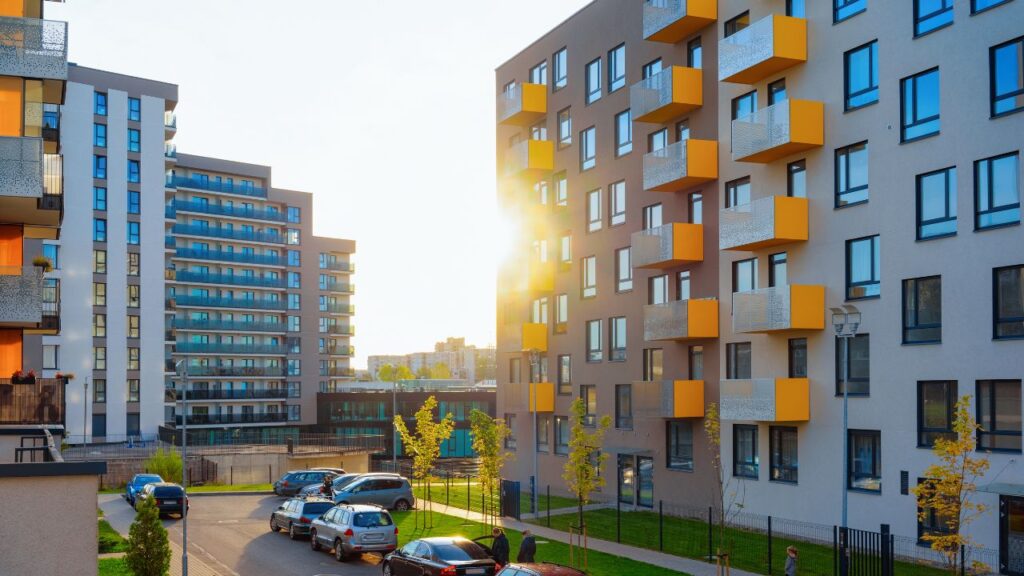
The Average Apartment Complex Size
While the size of apartment complexes can vary greatly, the average apartment complex in the United States typically ranges from 50 to 400 units. However, this is a general range, and exceptions exist. It’s essential to conduct thorough research on the specific market and location you’re interested in.
Apartment Complex Size | Number of Units | Updated Average Cost Range (in USD) |
Small Complex | 50-100 units | $25.00 million – $90.00 million |
Medium Complex | 101-200 units | $95.05 million – $500.00 million |
Large Complex | 201-400 units | $510.00 million – $1000.00 million |
Exceptional Cases | > 400 units | > $1000.00 million |
To budget for your complex, calculate apartment building costs based on unit count and size.
Average Construction Costs by Apartment Size
Construction costs depend on unit size, materials, location, and design complexity. Labor shortages, rising material costs, and supply chain delays have driven prices up in recent years. Here’s a more detailed look:
- Small Complex (50–100 units):
Costs range from $25 million to $90 million. These often include mid-rise buildings or townhome-style apartments with moderate amenities. - Medium Complex (100–250 units):
Expect to spend $95.05 million to $500 million. This size often includes multiple buildings, clubhouses, pools, and elevators. - Large Complex (250–400 units):
These developments cost $510 million to $1 billion and may feature high-end finishes, security systems, multi-level garages, and onsite commercial spaces.

Costs Associated with Apartment Complexes
Investing in apartment complexes involves various costs:
Construction Costs
The construction costs of an apartment complex are directly related to its size. Here is a rough breakdown of construction costs based on the number of units:
- Small Complex (50-100 units):$25.00 million – $90.00 million
- Medium Complex (100-250 units): $95.05 million – $500.00 million
- Large Complex (250-400 units): $510.00 million – $1000.00 million
Maintenance and Repairs
Larger apartment complexes often have more common areas and units that require maintenance and repairs. On average, you can expect to spend between $40,000 and $80,500 per unit per year for maintenance and repairs.
Get High-Quality 3D Rendering Today!
Transform your space with stunning 3D rendering that blends style, comfort, and functionality.
We Specialize in Both Residential and Commercial 3D Rendering Projects.
- Luxury Villas
- Apartment Complexes
- Modular Kitchens
- Bathrooms
- Office Buildings
- Shopping Malls
- Hospitals
- Hotels & Resorts
Property Management
Managing a larger apartment complex can be more complex and costly. Property management fees may increase with the size of the complex and typically range from 4% to 10% of the property’s monthly rental income.
Utilities
Utilities such as water, electricity, and heating can be more expensive for larger apartment complexes. Tenants may also have individual utility costs, which can impact their decision to rent in your complex.
Marketing and Advertising
Marketing a larger apartment complex may require a more substantial advertising budget to attract potential tenants. You can expect to spend between $25,000 and $60,000 per month on marketing efforts.
Insurance
Insurance costs can vary, but for larger complexes, you might budget between $30,000 and $90,000 annually for property and liability insurance.
Legal and Regulatory Compliance
Meeting legal and regulatory requirements is crucial. Legal fees and compliance costs can range from $25,000 to $65,000 per year, depending on the complex’s size and location.
Get 5 New Projects in the Next 7 Days With Our System
Conclusion
The number of units in an average apartment complex can vary significantly based on several factors, including location, purpose, and developer’s vision. It’s essential to conduct thorough research and consider your investment goals and budget before venturing into apartment complex investments. Additionally, be mindful of the associated costs to ensure a successful and profitable investment.
Frequently Asked Question
The smallest apartment complexes can have as few as 10-20 units, but this can vary based on location and local regulations.
Larger complexes can generate more income, but they also come with higher management and maintenance costs. The profitability depends on various factors.
You can research local real estate listings, speak with real estate agents, or consult with property management companies to get an idea of the typical apartment complex size in a particular area.
Managing a large apartment complex can be challenging due to increased maintenance, tenant turnover, and the need for efficient property management. It may also require a larger staff.
Comprehensive Trade-Specific Estimates
At Estimate Florida Consulting, we offer detailed cost estimates across all major trades, ensuring no part of your project is overlooked. From the foundation to the finishing touches, our trade-specific estimates provide you with a complete and accurate breakdown of costs for any type of construction project.



Our Clients & Partners
We pride ourselves on building strong, lasting relationships with our clients and partners across the construction industry.
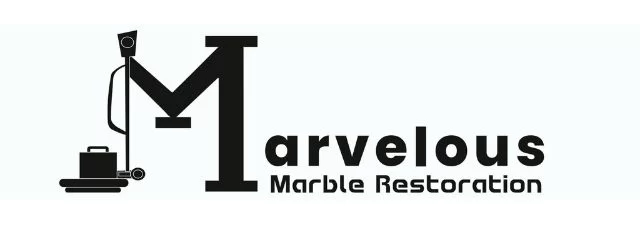

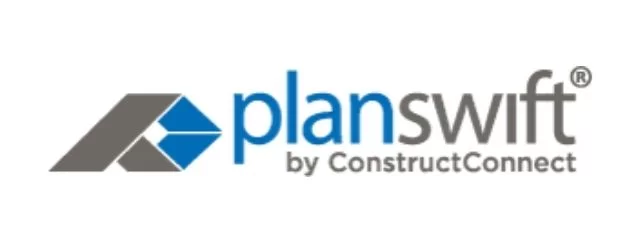
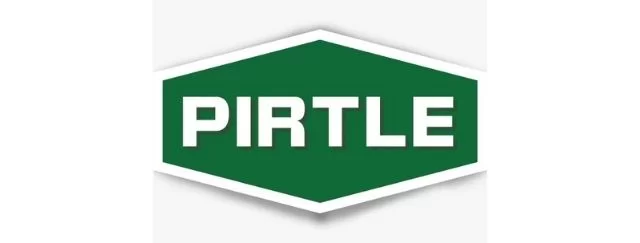

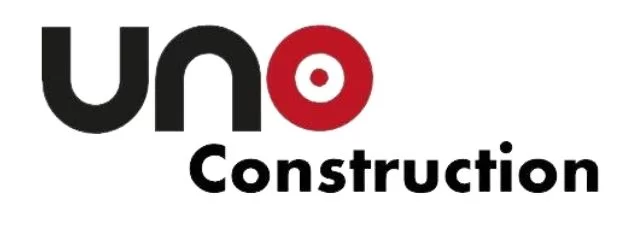
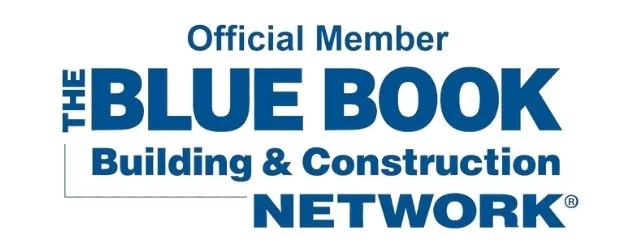




Testimonials
What Our Clients Say
We take pride in delivering accurate, timely, and reliable estimates that help contractors and builders win more projects. Our clients consistently praise our attention to detail, fast turnaround times, and the positive impact our estimates have on their businesses.
Estimate Florida Consulting has helped us win more bids with their fast and accurate estimates. We trust them for every project!

Our Simple Process to Get Your Estimate
Upload Plans
Submit your project plans, blueprints, or relevant documents through our online form or via email.
Receive Quotation
We’ll review your project details and send you a quote based on your scope and requirements.
Confirmation
Confirm the details and finalize any adjustments to ensure the estimate meets your project needs.
Get Estimate
Receive your detailed, trade-specific estimate within 1-2 business days, ready for your project execution.

